
A medical station in Thanh Hoa province (Photo: Quach Tuan).
The Ministry of Health is seeking comments on a draft Circular guiding the functions, tasks, powers and organizational structure of commune, ward and special zone health stations in provinces and centrally run cities.
This is a step to concretize new regulations on the organization of grassroots health apparatus according to the Law on Government Organization, the Law on Organization of Local Government in 2025 and Resolution 190 of the National Assembly .
According to the draft, the commune health station is a public health service unit, directly under the People's Committee at the commune level, with legal status, its own seal, account and headquarters. The station is under the direct and comprehensive management of the People's Committee at the commune level in terms of organization, human resources, facilities and finance; at the same time, it is under the guidance and inspection of the Department of Health in terms of expertise and profession.
Expanding functions and increasing the role of primary health care
According to the draft, commune health stations have the function of providing professional and technical services in many fields such as disease prevention, primary medical examination and treatment, rehabilitation, management and improvement of community health, population, care for mothers and children, the elderly, ensuring medicine, vaccines, basic medical equipment and other medical services.
The draft specifies 20 groups of tasks, emphasizing the implementation of disease surveillance, prevention, initial examination and treatment of acute diseases, rehabilitation, management of chronic patients, treatment of substance addiction, implementation of traditional medicine combined with modern medicine, reproductive health care, poisoning prevention and ensuring food safety.
The commune health station also provides consultation, communication, health education, manages electronic health records, deploys basic health service packages, participates in natural disaster prevention and signs contracts with social insurance agencies to organize health insurance examination and treatment.
Notably, for special economic zones and disadvantaged areas without hospitals, medical stations can be considered for arranging inpatient beds if they meet professional, human resource and facility requirements.
Organizational structure and human resources
The commune health station has a station chief and deputy station chief appointed by the commune-level People's Committee chairman. The affiliated units include: General Administration Department (or Station Office); Department of Disease Prevention, Population, Children, and Social Protection; Department of Medical Examination or General Clinic; Department of Pharmacy - Paraclinical and medical points.
Depending on population conditions and local characteristics, the station chief can propose to the Commune People's Committee to decide on a suitable organizational structure, and can establish a department or specialized team.
The job position list includes four groups: leadership - management, professional expertise, general expertise and service support. Key positions include doctors, nurses, midwives, pharmacists, population workers, social workers, administrative specialists and accountants.
The number of employees and the structure of civil servants according to job titles are determined based on job positions and scope of activities, and are assigned or approved annually by competent authorities.
Roadmap for model transformation before 2030
According to the transitional provisions, localities that meet the requirements in terms of organization, human resources and facilities will convert commune health stations into public service units directly under the People's Committees at the commune level as soon as the Circular takes effect.
For localities that do not meet the conditions, the Department of Health will coordinate with the Department of Home Affairs to develop a comprehensive project to rearrange and reorganize the health facility system, and determine a roadmap and solutions to complete the conversion no later than December 31, 2030.
During the transition period, localities are allowed to maintain the model of commune health stations under regional health centers or merge many stations into one, but must still ensure the provision of full basic health services to the people.
The draft also stipulates that this Circular will replace Circular No. 33/2015/TT-BYT on the functions and tasks of commune, ward and town health stations and abolish some contents in Circular No. 05/2008/TT-BYT.
According to Dan Tri
Source: https://baothanhhoa.vn/cai-cach-toan-dien-mo-hinh-tram-y-te-xa-hoan-thanh-truoc-nam-2030-267354.htm




![[Photo] Prime Minister Pham Minh Chinh chairs the second meeting of the Steering Committee on private economic development.](https://vphoto.vietnam.vn/thumb/1200x675/vietnam/resource/IMAGE/2025/11/01/1762006716873_dsc-9145-jpg.webp)





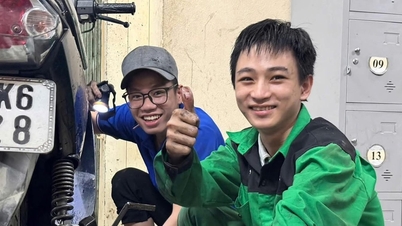

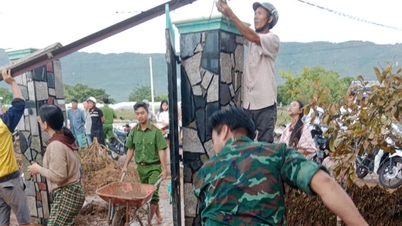



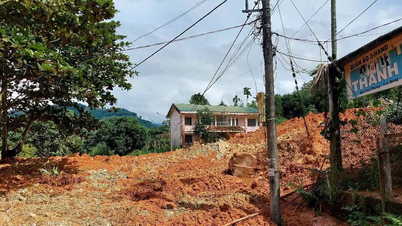










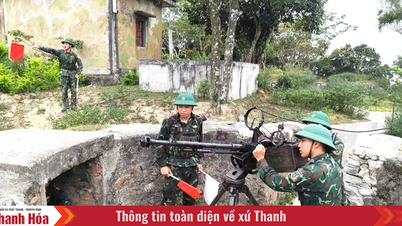




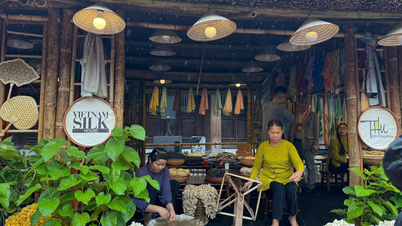





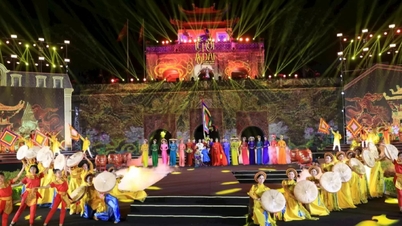

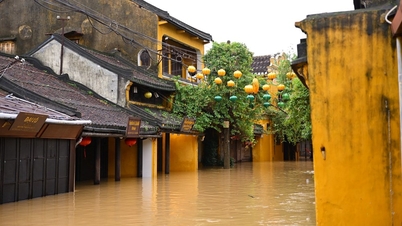







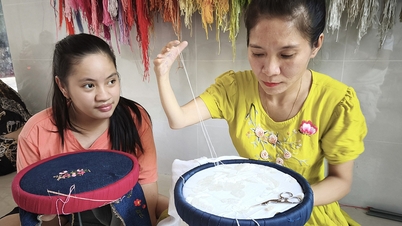

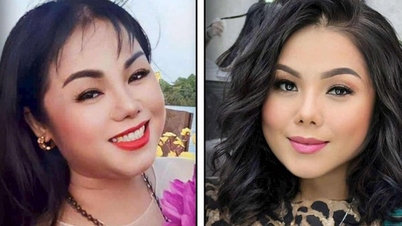













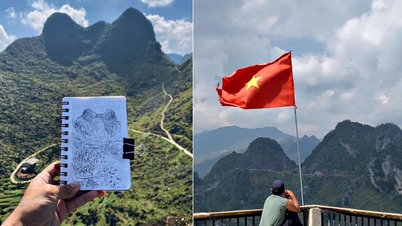





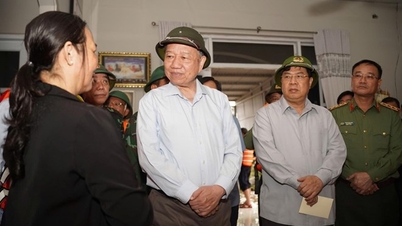





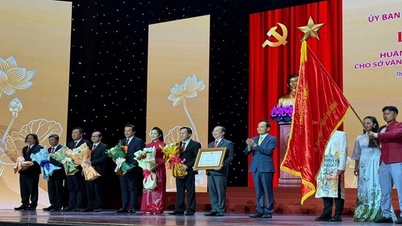

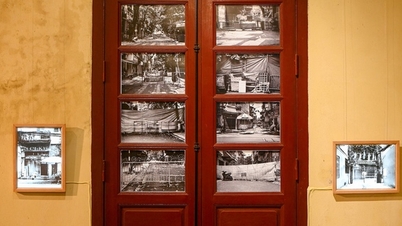





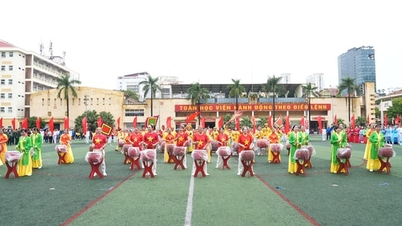
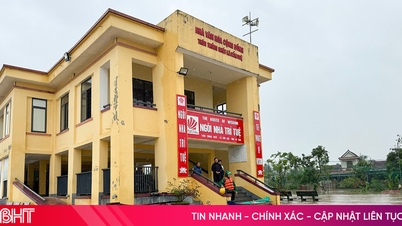

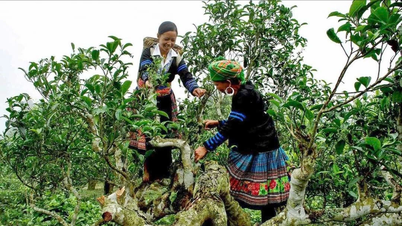

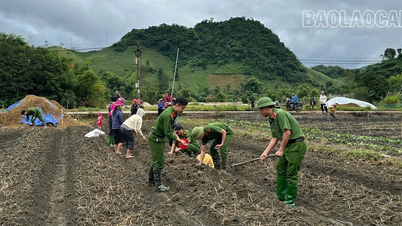












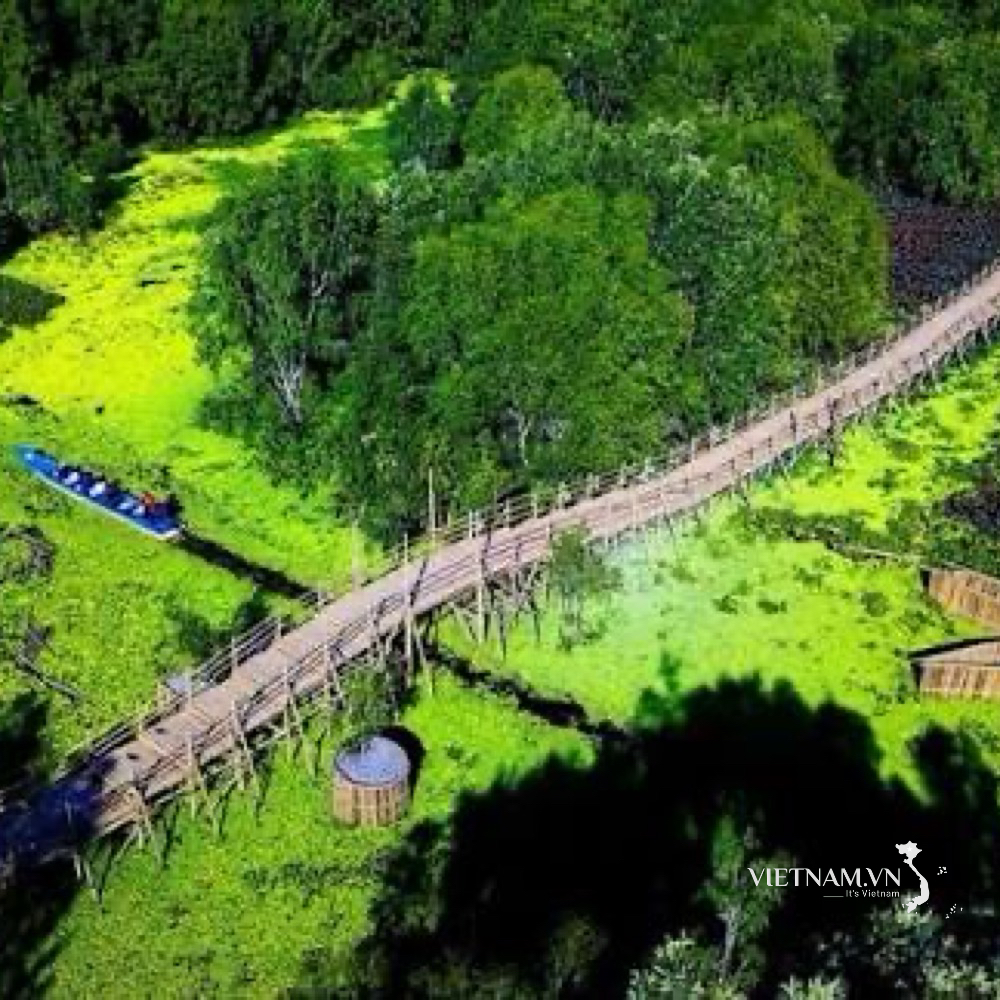


Comment (0)